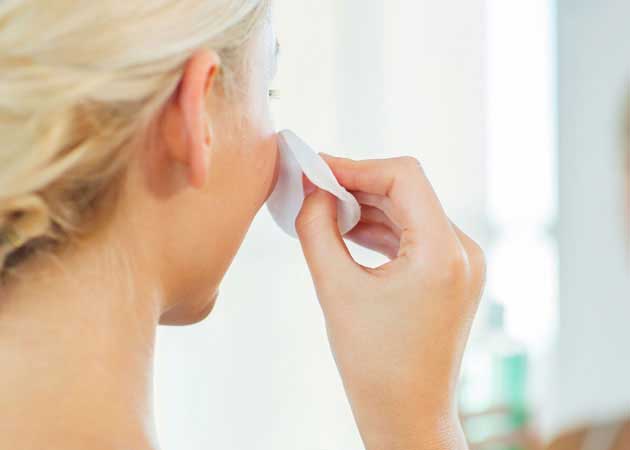The onset of winter brings dry flaky skin and frizzy, lifeless hair. But it’s not winter alone that brings these conditions. Skin and hair are also influenced by pollution from the city, and in fact, it’s one of the worst enemies.
Industry smoke, chemical refineries, car emissions and cigarette smoke all contribute to rising pollution levels. The exposure to dust, smoke, toxic gas and other chemicals can lead to various issues with skin and hair. Exposure to pollutants affects the skin and reduces the quality of the outer skin layer (stratum corneum), leading to dark spots, wrinkles, fine lines. Normal sebum production is also affected, leading to dryness. Sebum is a sticky, oily substance produced by the sebaceous glands, which sit in the middle layers of the skin, near hair follicles. Sebum helps moisturize and protect the skin. It contains several types of fat molecule, or lipids.

Pollution exposure is known to inflame the skin, increasing the oxidative stress in the skin. Whether you live in urban or rural areas, your skin needs strong environmental protection. Although most airborne pollutants do not penetrate the skin immediately, they damage the skin’s surface, eventually making it easier for pollutants to penetrate the skin. Fine dust, however, gets stuck inside the pores of the skin and can cause long-term damage. Just cleansing your face is not enough to remove these particles. You need an effective skincare routine.
The following types of pollution are the most damaging to your skin and hair:
Cigarette smoke
Exhaust gases
By-products of production processes (such as phthalates from plastics)
Volatile substances such as aerosols, and other particulate matter.
Smog
All types of air pollution cause free radical damage to skin — smog is particularly disruptive. Small pollution particles can get stuck in pores, causing breakouts and damage in the deeper layers of skin, right where wrinkles and most discolorations form.
Problems that pollution can cause:
Pigmentation spots
Dull, uneven complexion
Wrinkles
Red, sensitive skin
Dry skin that feels itchy and/or taut
You can take an active stand against damage from pollution. One of the easiest methods is to wash your face and body at the end of the day. Pollutants that have accumulated on your skin will continue to linger and do damage. Actively reduce your exposure to air pollution. Take walks or exercise away from main roads and industrial settings. Antioxidants can also neutralize damage from pollution. Vitamin E and C can also help your skin from oxidative damage — take them orally or rub them on as an oil or in a lotion. And don’t forget a good quality moisturizer. One of the consequences of damaed skin is the underlining skin tissues dry up. A moisturizer will help keep moisture in. In the same manner, SilcSkin skin smoothing pads are also a great way to keep your skin hydrated. The medical grade silicone pads increase the skin’s hydration, helping to keep it moist, smooth and healthy.


